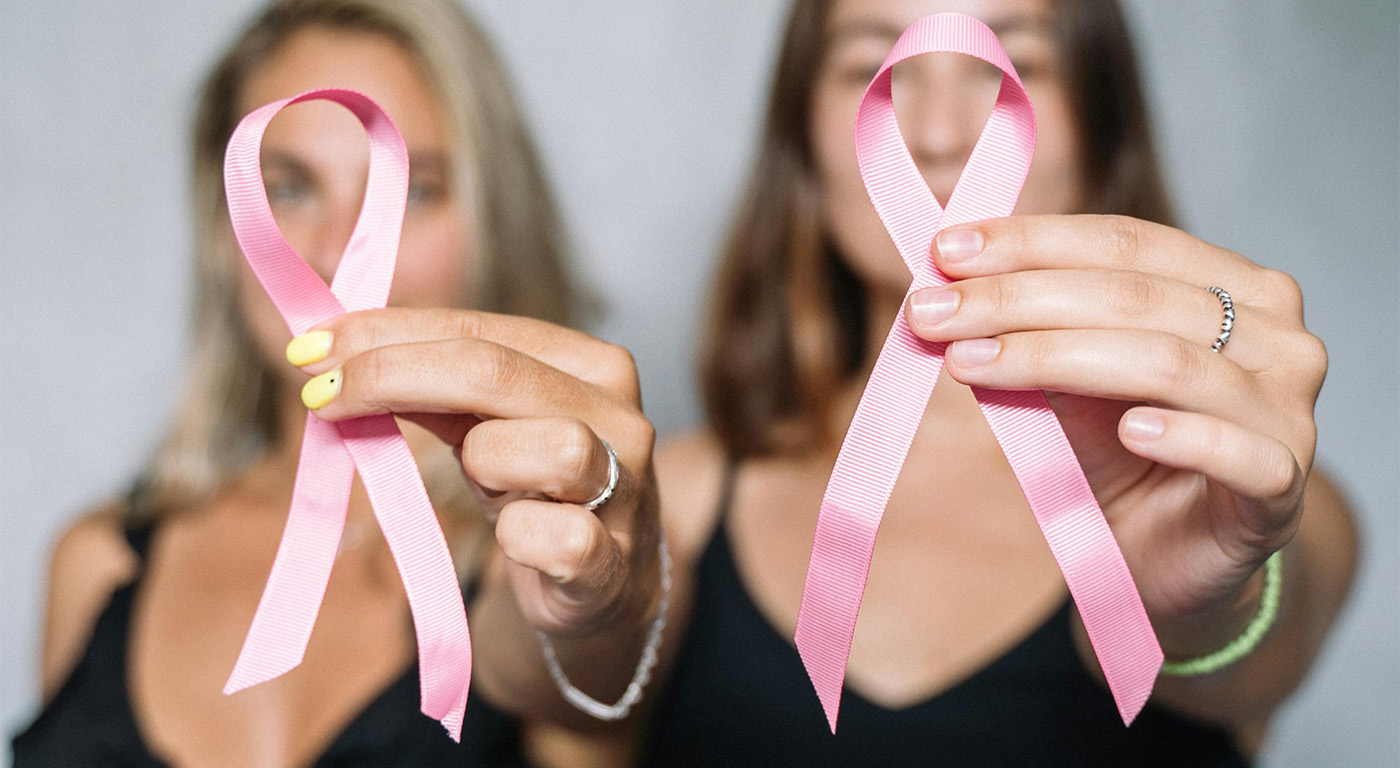Common symptoms
“The sobering fact is that, depending on the population group, breast cancer is the top or second leading type of malignant cancer (a cancer which spreads to other parts of the body) detected among South African women according to the 2023 National Cancer Registry,” says Durban-based breast surgeon Dr Sanjeev Hariparsad.
“The most common symptom people notice first is a painless lump. We need more public awareness to break the misconception that pain is the main symptom of breast cancer when, in fact, pain is a very late symptom that may only present once the cancer is significantly more advanced,” he says.
Other warning signs to look out for include changes in breast shape, unusual skin texture, or any bloody discharge from the nipple.
“It is essential to check your breasts, armpit and chest area regularly and address symptoms or swelling as soon as they are noticed by visiting a doctor with experience in breast disease. In general, the earlier breast cancer is diagnosed – before it has had a chance to spread, the less complicated it is to treat.
“Anyone can get breast cancer, even men, although it is more common in women. If left untreated, breast cancer will usually spread through the body to sites such as the lymph glands, lungs, bones and liver. These can result in bone pain, difficulty breathing, and many other complications that become more complex to treat. This is why self-examination and screening, including mammograms and ultrasound, are crucial.”
How to do self-examination
Women are encouraged to start doing monthly self-breast checks from the age of 20, ideally at the same time each month – when their breasts feel least tender or sensitive.
“In the shower, standing in front of a mirror, feel your breast with the palm of your opposite hand, and make sure to include the breast in the armpit. Examine one breast at a time and look out for any lumps or changes in the appearance of the breast, skin or nipples. Repeat this lying down,” Dr Hariparsad explains.
If you find something concerning, visit a doctor or clinic with experience in working with breast disease.
Deep Inspiration Breath-Hold (DIBH) radiotherapy
“In the past, we saw mainly older people being diagnosed with breast cancer, but nowadays, it is a wide spectrum of age groups. Breast cancer is very treatable these days, and with the more advanced techniques available, such as Deep Inspiration Breath-Hold (DIBH) radiotherapy, we can treat effectively while limiting the side effects of treatment,” radiation oncologist Dr Lucille Heslop says.
“While chemotherapy and radiotherapy to the chest are effective for treating cancer, these can cause cardiovascular side effects. DIBH radiotherapy aims to reduce exposure leading to cardiac toxicity for patients with left breast cancer who have already been exposed to cardiotoxic chemotherapy and targeted antibody therapy, such as Herceptin,” she adds..
DIBH is a firmly established technique that helps to define the coronary vessels and heart more clearly. This enables more precise planning to deliver the radiation dose safely where needed and offers protection to the heart and lungs. The method requires patients to breathe in deeply and hold their breath for a few seconds, guided by the radiotherapists.
“Before treatment, an MRI or CT scan is performed to identify the area the radiation beam should be focused on and the position of the heart, chest wall and other critical structures nearby that we need to avoid radiation exposure.
“When positioned on the treatment bed, the patient breathes in, causing the lungs to expand. As the chest rises, the heart drops into a lower position in the chest cavity, away from the targeted burst of radiation, while the patient holds their breath for 15 to 20 seconds. The person usually needs to be repositioned several times, but the treatment itself is delivered in these very short bursts,” Dr Heslop says.




